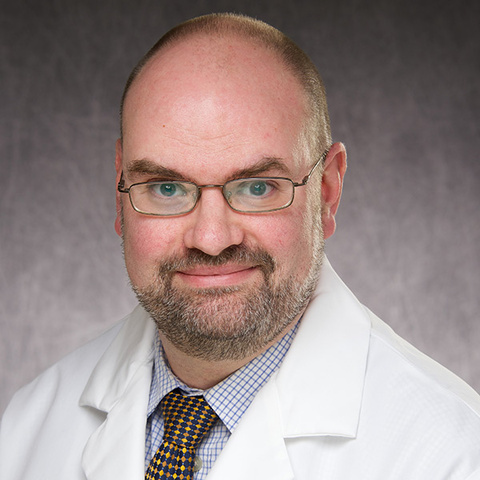Similarities between two sudden death syndromes have University of Iowa neuroscientists looking for common causes that might help improve care and save lives.
Sudden infant death syndrome (SIDS) causes approximately 1,500 unexplained deaths in infants under the age of 1 every year in the United States, and sudden unexplained death due to epilepsy (SUDEP) is a leading cause of death in individuals with epilepsy, accounting for around 3,500 deaths annually.
In both SUDEP and SIDS, deaths occur in seemingly healthy individuals, and the exact cause of death is difficult to determine. Deaths often occur at night with the individual sleeping face down, leading to the idea that obstructed airways and suffocation may play a role.

Interest in a faulty alarm trigger
Obstructed breathing increases levels of inhaled carbon dioxide, which normally triggers alarm signals in our brain that make us breathe more deeply or wake up and shift our position to improve air flow. A growing body of evidence, including studies by Buchanan and colleagues at the UI, suggests that faults in this internal carbon dioxide alarm system may be a shared cause of SIDS and SUDEP. The research also implicates malfunctioning serotonin neurons in the midbrain region as a potential culprit in both syndromes.
“Our studies suggest there is a direct mechanism by which carbon dioxide can cause arousal from sleep. In particular, we have evidence that suggests serotonin neurons in the midbrain are directly activated by carbon dioxide and cause arousal without altering breathing,” says Buchanan, who is author of a new opinion article published March 21 in the journal Trends in Neurosciences, which outlines similarities between SIDS and SUDEP and presents the idea that impairments in this carbon dioxide induced wake-up reflex might play a key role in both. Read the article.
Iowa’s distinction in SUDEP research and prevention
Buchanan and his UI colleagues are internationally recognized for their expertise in SUDEP. The UI is one of 14 institutions across the United States and Europe that form a collaborative research consortium called the Center for SUDEP Research, which is funded by the National Institute for Neurological Disorders and Stroke.
Buchanan is also investigating the idea that circadian rhythms and the time of day a seizure occurs might affect arousal pathways—studies that have implications for SUDEP and SIDS, both of which tend to happen at night.
“We think the nighttime component of these conditions is a really underappreciated factor,” Buchanan says. “In the lab, we are investigating how seizures that happen at different times of the day and night, or different sleep states, affect whether or not the seizure will be fatal, as well as how seizures affect the arousal system.”
Understanding what these new findings mean for SIDS and SUDEP is still a work in progress. But, in the meantime, Buchanan says the research reinforces longstanding recommendations for preventing SIDS—no loose bedding and putting babies to sleep on their backs—and suggests that similar nighttime precautions, even including the use of some type of monitor, might also be useful for people at risk of SUDEP.
The new ideas are also changing some aspects of current patient care for people with epilepsy.
“One of the biggest changes the research has prompted is the recognition that we should be monitoring breathing in epilepsy monitoring units. That is a major paradigm shift,” Buchanan says.